*Caution: This article should only be read by those who understand hunting and wildlife damage. We cannot respond to comments from a so-called animal welfare perspective.
After slaughter, wild boars are disposed of in one of the following ways.
1: Self-consumption by individual captors
2: Effective utilization disposal for meat sales
3: Burial disposal
4: Incineration at disposal facility
Of these, we will explain how to dismantle if you decide that you can eat them and choose 1 or 2. *Avoid eating individuals with significant damage such as injury or suppuration. Suspicious items should be discarded. For more information, please refer to the Sanitation Guidelines for Wild Game Meat .before dismantling
Before actually dismantling, please note the following points.For effective use as food
In order to consume wild animals such as wild boar for food, it is necessary to work on sanitary and safe meat processing. This is because compared to livestock such as cows and pigs, there are higher hygiene risks such as the occurrence of animal-derived infectious diseases and food poisoning. Be sure to use safe wild game meat, whether you dismantle it as a business for sale or for your own consumption.When selling
Butchering, butchering, and sale of wild animals requires a license for a meat processing business and a meat sales business. For example, it is a violation of the Food Sanitation Law to "slave wild boar caught in the mountains and sell the meat to a friend." Please note that it is a violation of the Food Sanitation Law if a hunter prepares and sells their prey outside of a health center-approved facility.For self-consumption
Wild boars are often killed in the mountains, but it is necessary to give due consideration to hygiene management until dismantling. Imagine that you have a variety of infectious agents, including parasites. There is a misconception that fresh meat is safe, but never think that unheated raw meat and organs from wild animals are safe.dismantling process
The flow from the capture is as follows. *The order of the process may change or some parts may be omitted.- (1) Bleeding: Bleeding after slaughter for processing as meat.
- (2) Washing: Washing off dirt and other substances from the boar fur.
- (3) Extraction of internal organs: Remove the internal organs and wash away the blood that has accumulated in the abdominal cavity.
- (4) Cooling: The boar with fur is cooled until the rigor mortis is relieved.
- ⑤ Skinning: Cut off the head, tail, feet, etc., and peel off the skin.
- ⑥ Division: Divide the carcass and remove the bones.
1. Bleeding
Sufficient bleeding is a prerequisite for producing good quality meat. Insufficient bleeding will result in stinky and peculiar flesh.
Also, if the boar is excited, it will not bleed well. Although it is difficult when working in the mountains, let the patient rest as much as possible before bleeding. For hygiene and meat quality, it is better to transport the wild boar alive to the slaughterhouse.
If the wild boar is likely to act violently, the boar's snout and feet are restrained with a wire called "nostril" or with shackles (or rope if not available). The site of exsanguination is the carotid artery or the heart. It is less difficult to bleed from the heart (strictly speaking, the aorta coming out of the heart).
Bleeding from the carotid artery is good if the heart's pumping function is working, but there are cases where sufficient bleeding cannot be obtained. The point is to do it as quickly as possible without damaging tissues other than blood vessels. The opening of the blade for bleeding should be as small as possible and minimized.
2. Cleaning
Rinse off any mud that adheres to the body surface of the boar with water. When working in a demolition facility, before bringing the boar into the demolition facility, wash off the body surface as much as possible outside the facility. Also, to prevent contamination from boar blood and ticks, please clean the loading platform of the vehicle used for transportation before and after use.3. evisceration and 4. cooling
Work is performed using several types of knives with different shapes.
・Things for removing hair
・Those for removing the neck and internal organs
・Those for dismantling parts
・Saw, etc.
First, cut only the ventral surface. It is best to use a sharp, thin blade such as a gut knife or cutter.
Be careful not to cut too deeply to avoid damaging the internal organs. Let's cut only the skin and fat with a blade. Cut open the abdomen from the chest and spread the ribs.
From there, cut open further to the anus. Again, be careful not to damage the internal organs. When a wild boar dies, its muscles in the anus relax and excrement is produced. Be careful not to let feces adhere to the part that will be eaten.
After that, I will take out the internal organs while cutting the muscle. When cutting off the esophagus and arteries in the throat, animals with swollen lymph nodes may have infections, so avoid eating meat.
After removing the internal organs, blood will accumulate in the abdominal cavity, but it is hygienic to wash it off with hot water. In addition, in order to obtain good quality meat, it is necessary to remove the internal organs immediately after bleeding and washing, and then to lower the body temperature by exposing it to cold water.
If the high temperature continues with the internal organs left, the meat will deteriorate (yake meat). The fish is exposed to cold water for half a day to a day, but this removes the blood and removes the odor.
5. Skinning to 6. Carcass splitting
There are both cases of skin peeling and hair removal (hot water). Skin stripping is mainly done in the Kanto region and northwards, and yuhagi is mainly done in the Kansai region and westward. ).
For peeling, it is best to use a knife with a weak sharpness and a gently curved edge. In addition, it is more hygienic to use a knife that has been used for peeling before using it as it is for butchering.
First, make an incision around the ankle and peel off the skin. Once the skin is removed around the neck, the head is cut off with the skin still on. First, a cut is made at the throat with a knife.
Then make an incision from the middle of the ear to the cheek. After making a cut in the throat, cut off the head.
Remove the joint of the neck bone (atlas) by holding the head with both hands, and cut the remaining skin and meat. Next, make an incision at the base of the thigh, insert a blade at the very first joint, and separate the body and hind legs. Then separate the forelegs and the torso.
In the process of dividing, deboning (boning) is also performed. First remove the ribs and spine. When dividing the bone and meat, we will make a cut with a knife. If you cut the ribs with a knife, you can remove them one by one by hand.
Bones and bullet wounds are excised. If necessary, front leg bones (scapula and humerus) and thigh bones (hip bone, femur, fibula, and plate) are also deboned. After deboning is completed, each part is cut into pieces that are easy to store. When dividing into blocks, it is difficult to use a small knife, so it is better to use a knife with a long blade.
summary
Dismantling a wild boar is hard work. When it comes to meat, you have to be very careful about safety and hygiene, but the taste when you eat it is exceptional.
Unlike pork fat, boar fat is not persistent and has a high nutritional value. By thoroughly removing the blood and cooling the meat, the unique smell of wild boar meat does not come out.
However, avoid eating raw or undercooked meat. Please be sure to sterilize by heating for 1 minute or more with the internal temperature at 75°C or by cooking accordingly.
See also this article >> I want to try it at least once! 5 exquisite wild boar meat game recipes.
Limited to our members only! Past videos of dismantling seminars can be viewed. The contents are very easy to understand, so please register and watch.
* You can access the member registration page from the image below.


 箱罠
箱罠
 くくり罠
くくり罠
 パーツ類
パーツ類
 電気柵
電気柵
 自作キット
自作キット
 防獣グッズ
防獣グッズ
 監視カメラ
監視カメラ


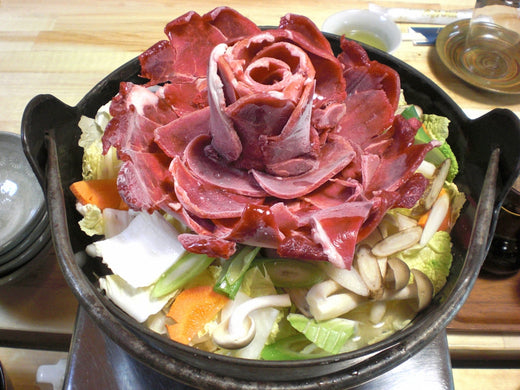
![How to dismantle and handle deer [*Reading caution]](http://inohoi.jp/cdn/shop/articles/deer-48203_1280_520x500_520x500_c202ab26-26f9-4965-879d-73405dfd994a.jpg?v=1738826700&width=750)
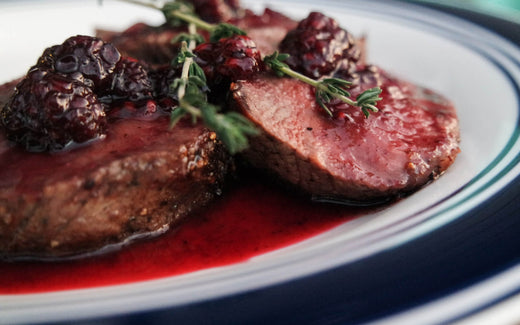
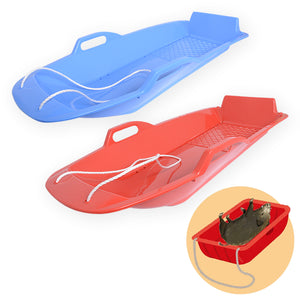
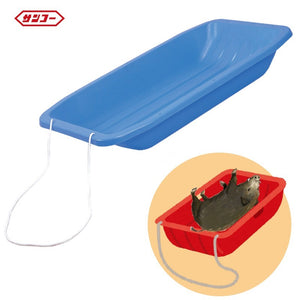
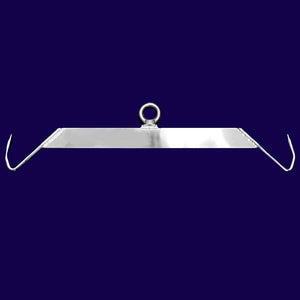

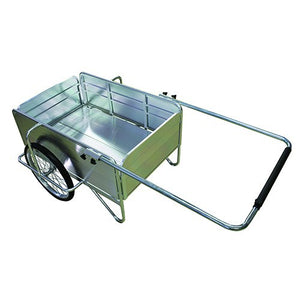
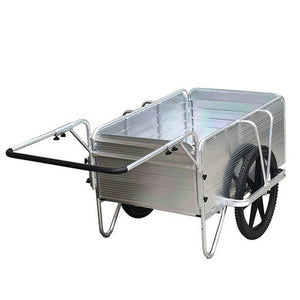
 box trap
box trap
 tying trap
tying trap
 enclosure trap
enclosure trap
 Prevention and avoidance goods
Prevention and avoidance goods
 electric fence
electric fence
 trap surveillance camera
trap surveillance camera
 transportation goods
transportation goods
 Trap detection sensor
Trap detection sensor
 hunting supplies
hunting supplies
 hunting books
hunting books
 Anti-bird goods
Anti-bird goods
 Agricultural materials/machinery
Agricultural materials/machinery
 boar
boar
 deer
deer
 Kyon
Kyon
 monkey
monkey
 raccoon
raccoon
 Badger
Badger
 palm civet
palm civet
 raccoon dog
raccoon dog
 nutria
nutria
 mouse or rat
mouse or rat
 Mole
Mole
 bear
bear
 pigeon
pigeon
 Crow
Crow







